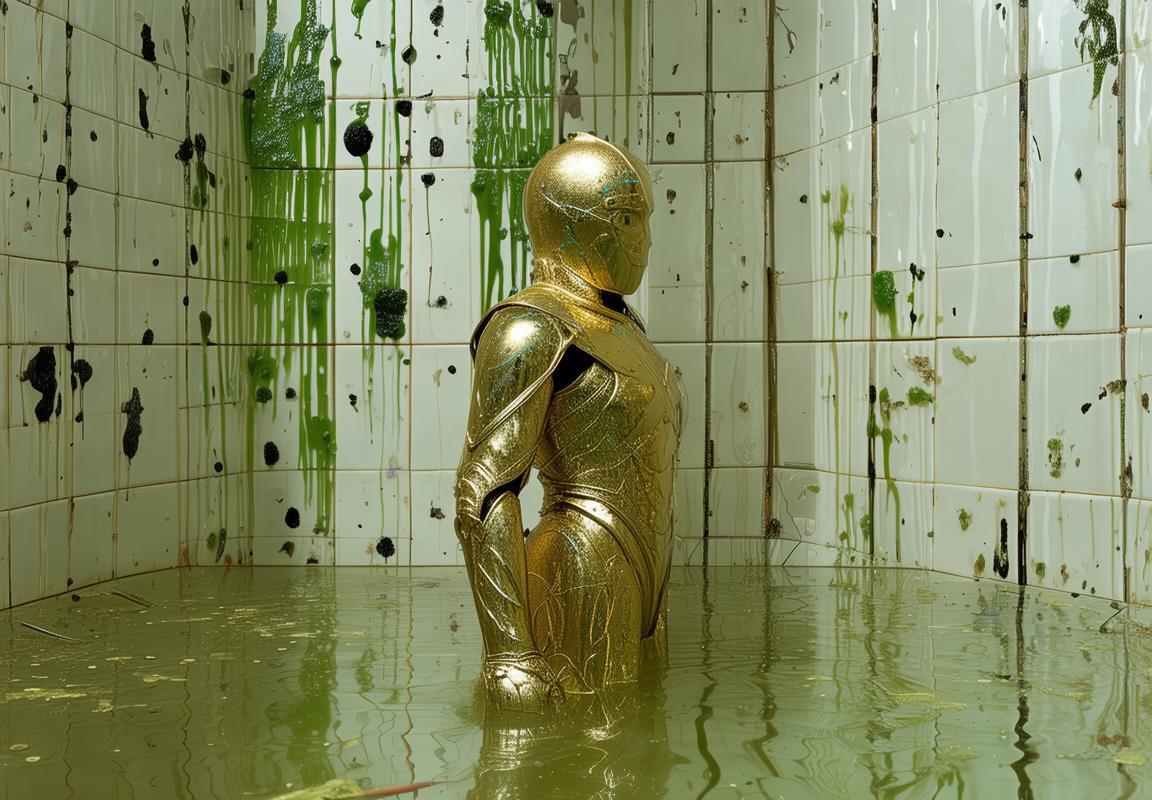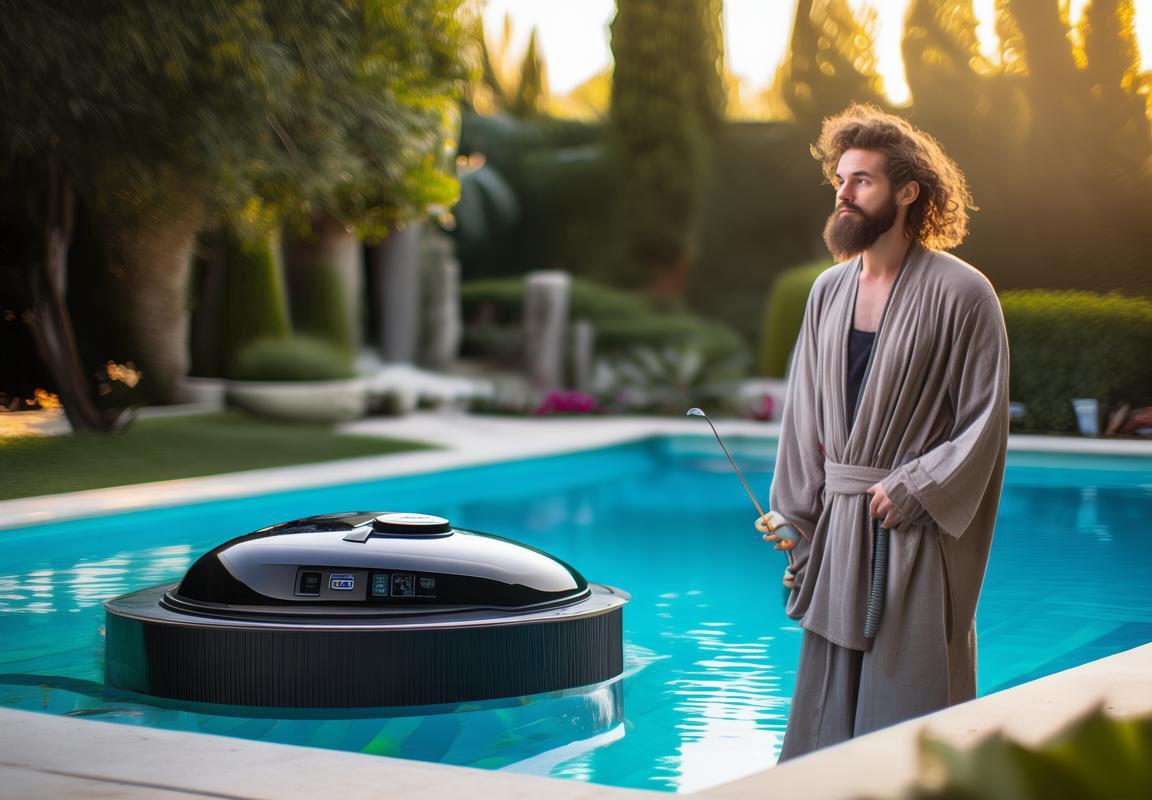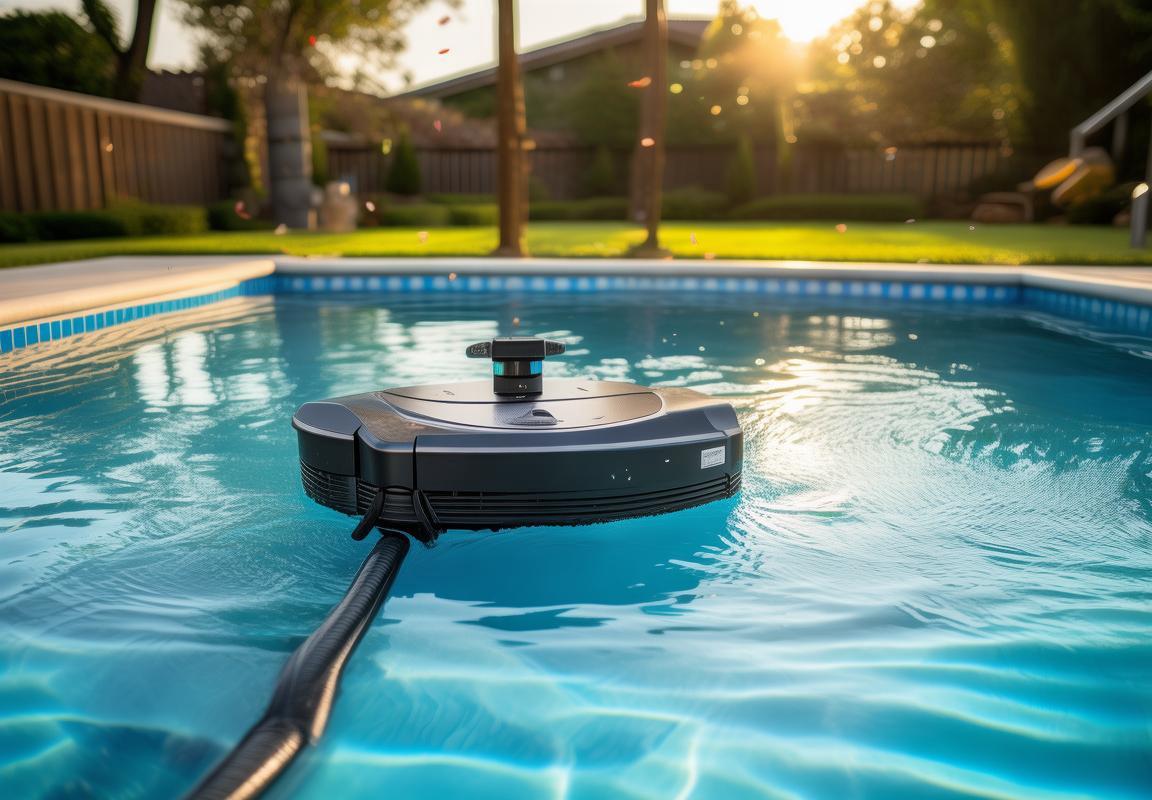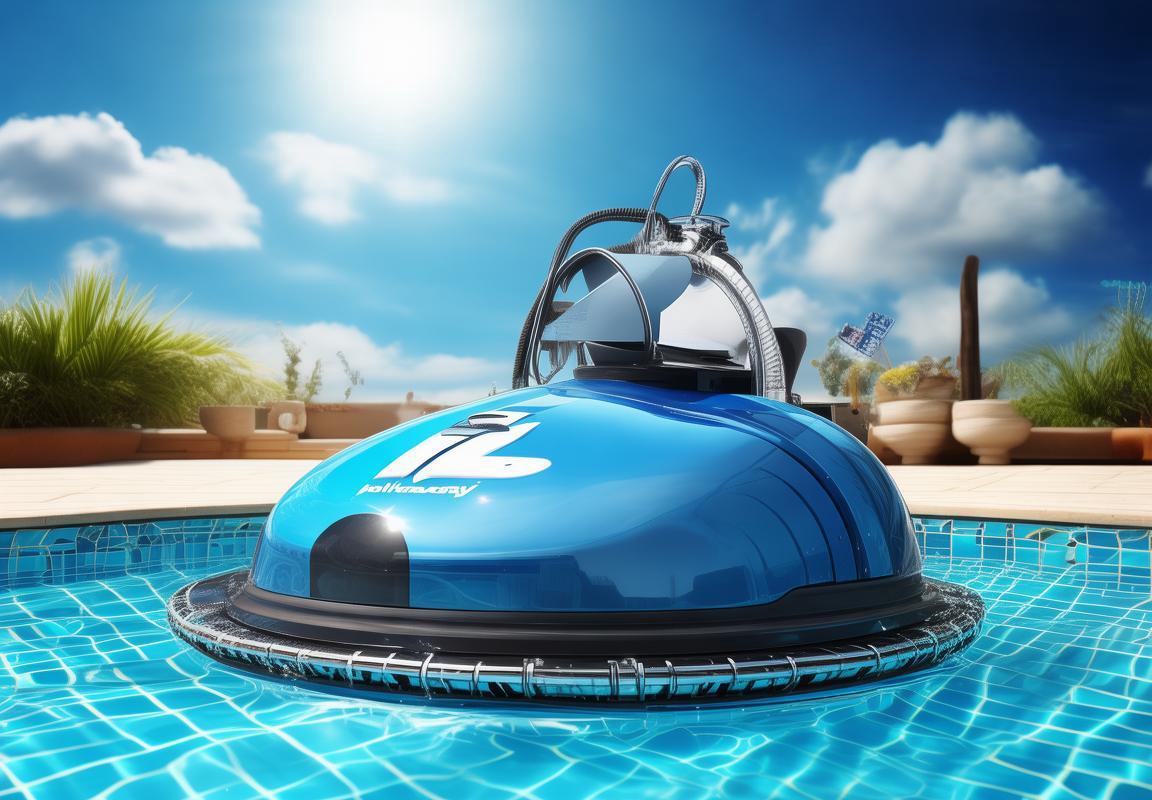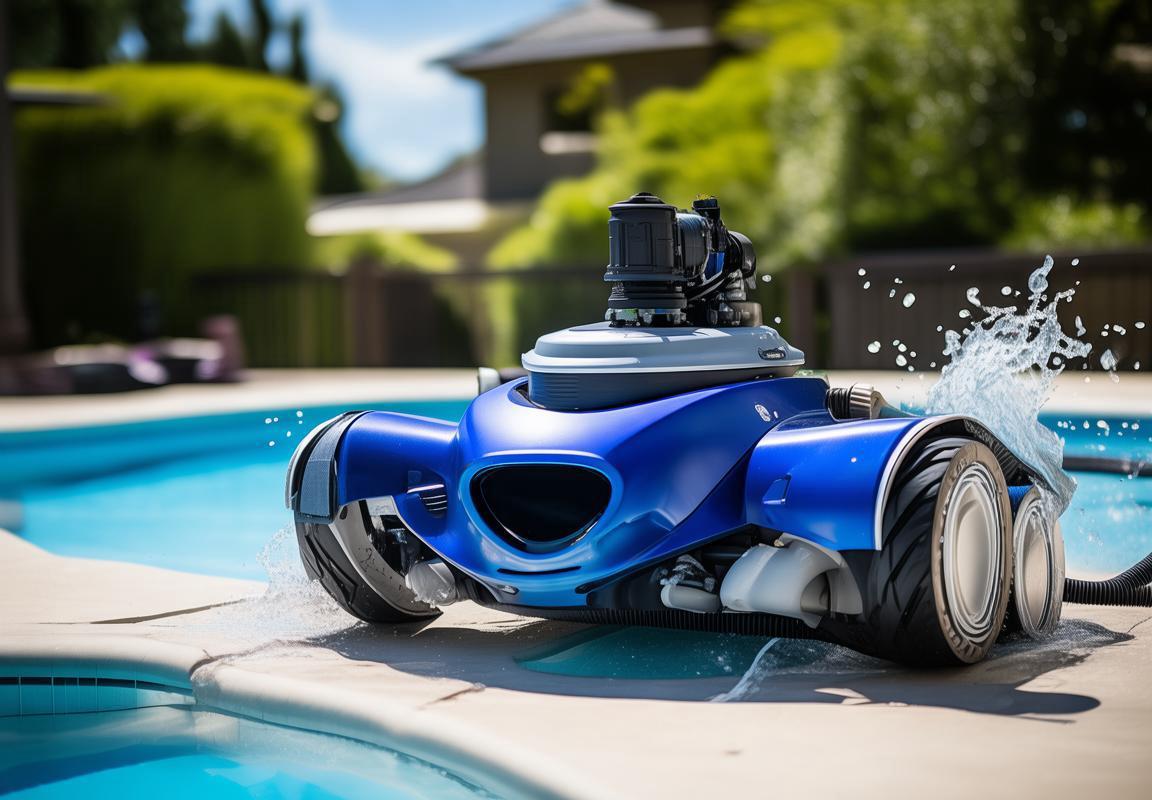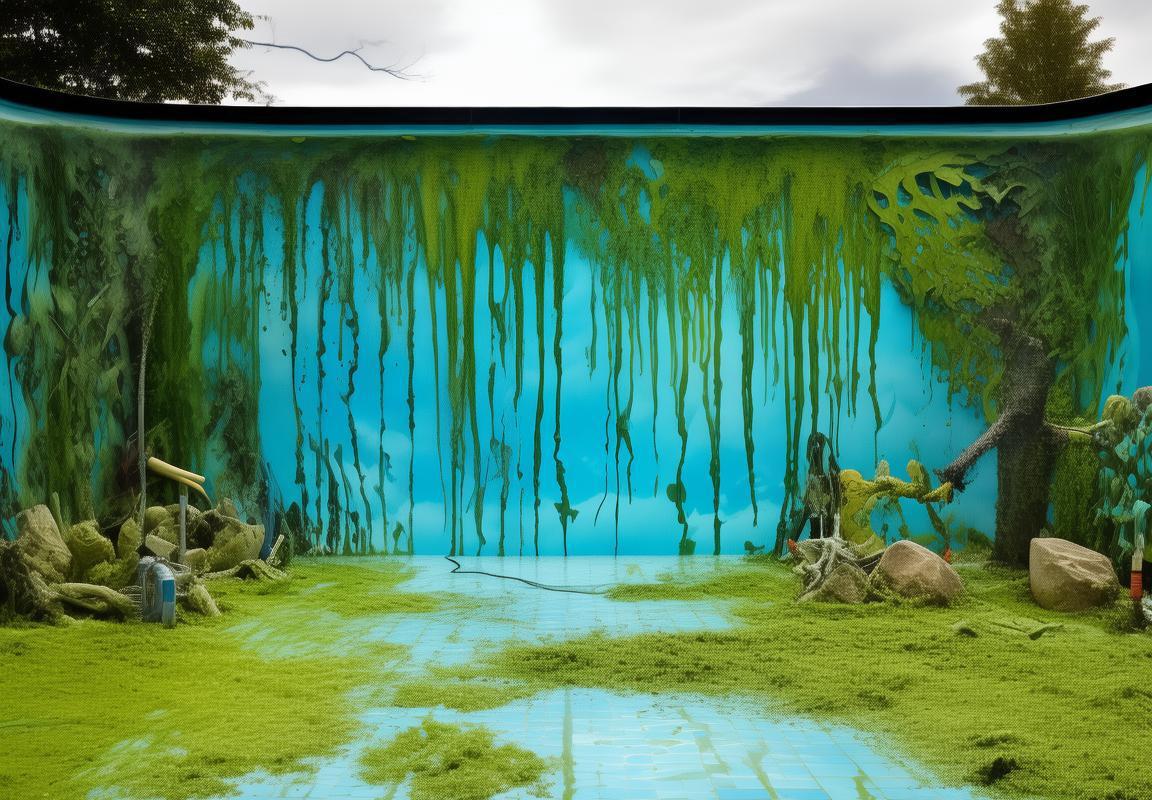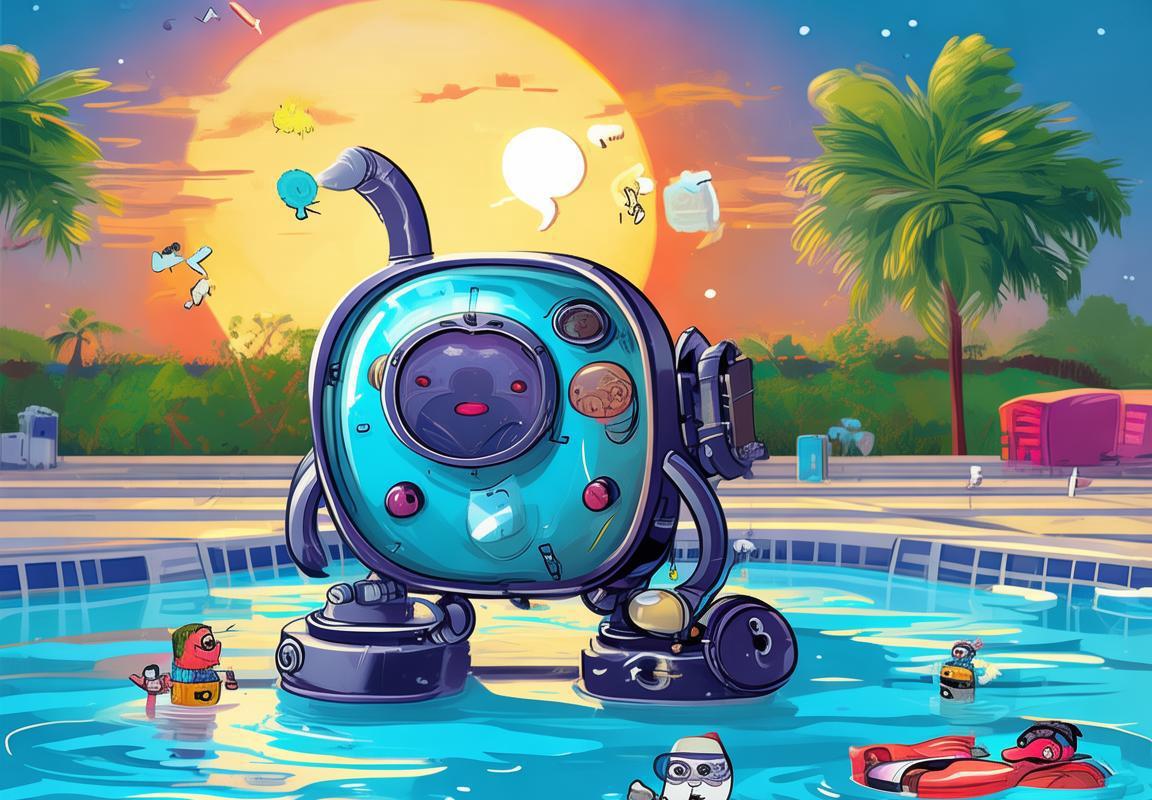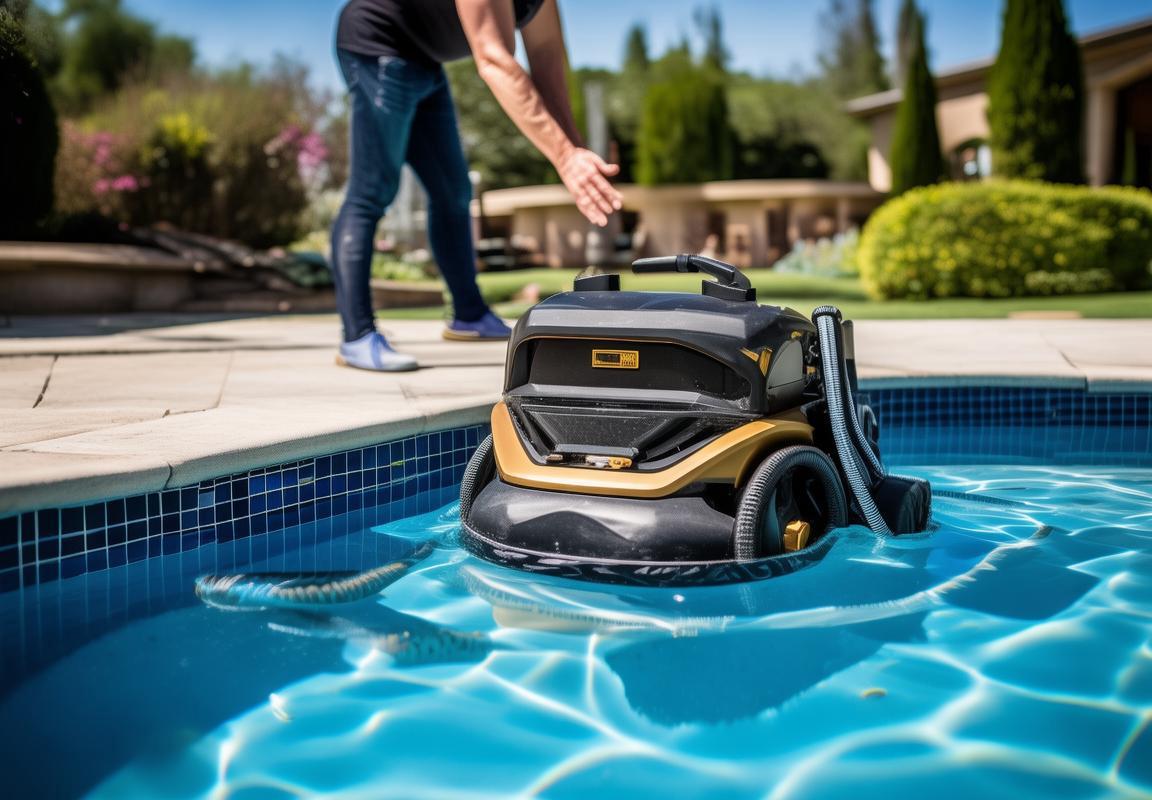Best Pool Tile Cleaner Guide: How to Remove Calcium Scale & Keep Your Pool Tiles Sparkling
Your pool tiles attract every gross thing nature (and sunscreen) can throw at them—algae, calcium scale, and oily biofilm. Algae turns tiles slimy and green, while calcium scale forms a rough, chalky crust from hard water and high pH. Sunscreen and body oils leave a greasy film that chlorine can’t touch. Most DIY “hacks” fail: vinegar is too weak for heavy buildup, pressure washers damage grout, and baking soda scratches tiles. The best pool tile cleaner depends on the problem—acid-based removers for scale, enzyme cleaners for biofilm, and algaecides for slime. Skip pantry “fixes” and invest in the right pool tile cleaner to avoid long-term damage. Regular brushing, balanced water chemistry, and targeted cleaners keep tiles clean longer. If stains persist, call a pro before your pool becomes a permanent science project.
